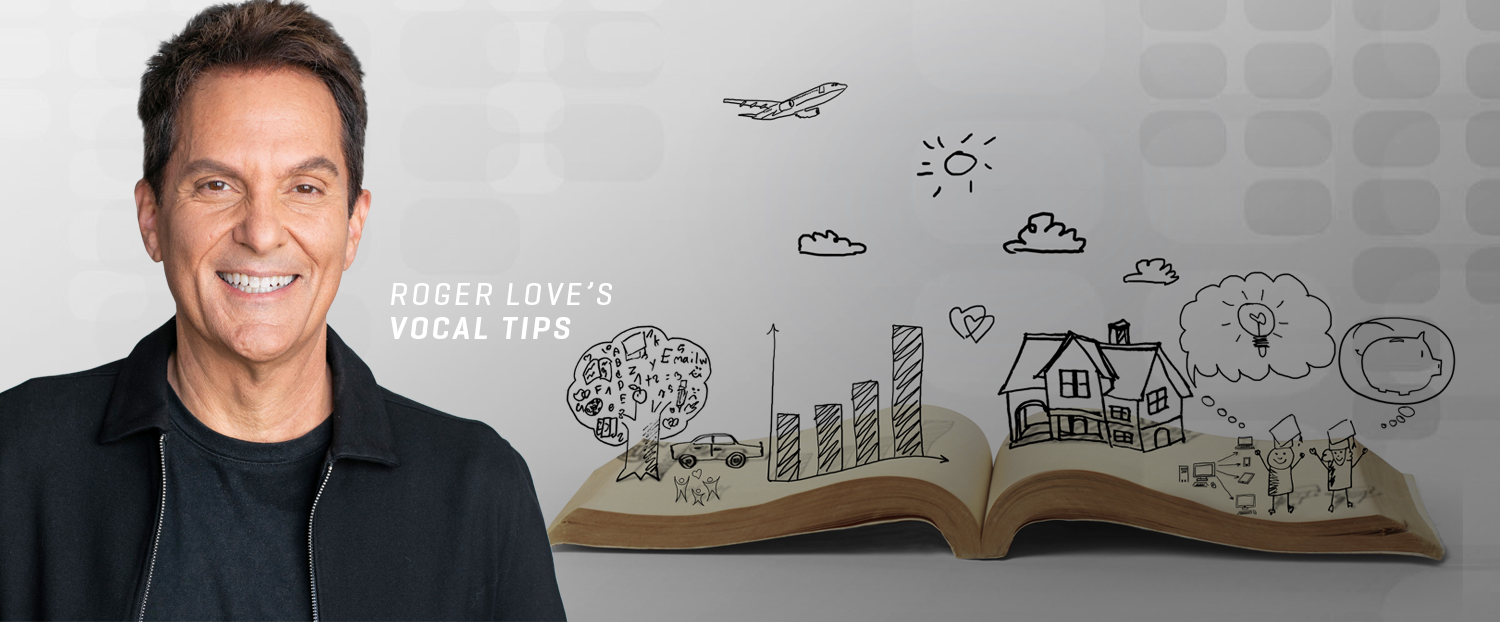Summary
In the past, people have only really been able to identify and separate 12 different emotions. But this year, there was a study done that decided it was time to separate the WORDS from the SOUNDS that people attach to the words.
When people heard sounds alone, they were able to double the amount of specific emotions that they could identify – up to 24 different emotions!
When you’re using words, the greatest chance you have of making people feel things is by using only 12 different emotions. But if you focus on the sounds you make, you could make them feel twice as many emotions.
If you want people to remember the things that you say…
If you want people to be moved emotionally by the things that you say…
Then you need to find the right SOUNDS to attach to those words.
Every time you use a filler, like “um” or “uh” or “like,” there’s a chance that your listeners will think and feel 24 different emotions that may have nothing to do with what you want them to feel, what you want them to remember.
You should use both sounds and words that convey the emotions you want – so that you move people emotionally to the outcome you want from that communication.
Play the Audio of this post:
Did you like this episode? Then share it!
[apss_share]
Please spread the “Love” by sharing this with your friends. Remember, I’m working to save the world one voice at a time, starting with yours. You’re my family now, and we need to work together to extend our mission and reach. The more you share, the more I can share with you, and we can actually help people globally find their voices and change their lives for the better.
Ready for your best life?
Find your speaking solutions here.
TRANSCRIPT
Hi, I’m Roger Love, celebrity voice coach and your personal voice teacher. Today, I want to talk to you about doubling your impact. There was a recent study done that basically proved, when you speak, how many emotions can people actually identify? Are you happy? Are you sad? How many emotions?
Up until this point in history, people have only really been able to identify and separate 12 different emotions, so there’s been scientific studies before where they played samples of people’s voices, and they asked people to identify what emotion that person was exhibiting. The most they ever got, out of all of the people taking those studies, was 12 different emotions.
Flash forward to recently. This year, there was a study done that decided it was time to separate the words from the sounds that people attach to the words. Now, you know I always talk about how the words matter so much less than the sounds that you make, attached to those words. Well, this study kicks it to a whole other level of science, saying, “Roger, we finally have made an honest man of you.”
This study had people listen to sounds that people make, not words, sounds, like “oh” and “ah,” just sounds. Well, when people heard sounds alone, they were able to double the amount of specific emotions that they could identify, up to 24 different emotions. So, think about that. Every time that you speak, when you’re using words, the greatest chance you have of making people feel things is only making them feel, maybe, if you’re lucky, 12 different emotions. But if you focus on the sounds you make, you could make them feel twice as many emotions, and that’s an amazing study and an amazing result that we really need to focus on.
It shows, once again, that you have to focus specifically on the sounds you make, because remember, our goal is not for you communicate word by word, one word after the next. If you want people to remember the things that you say, if you want people to be moved emotionally by the things that you say, then you need to find the right sounds to attach to those words, and we need to really focus on that.
I want you to keep that in mind the next time you have to do a social media post or a video, or you have an important communication, or you’re giving a speech, that you have the possibility of creating 24 different emotions in the listeners’ minds and hearts and having them remember those things by the specific sounds you use.
This also puts incredibly new focus and insight on the whole idea of fillers. You know that I often say “um is dumb,” and that I don’t want you to ever use fillers like “um” and “uh” or “like” or “and,” because those non-words, I think, are destroying the English language. Well, now attach the results of that study to this, and realize that, every single time you say “um” or “uh” or “like,” there’s a chance that your listeners will think and feel 24 different emotions that you have absolutely no control over.
I’m not willing to take that risk, and you shouldn’t be, either. You should use sounds and words that convey the emotions you’re trying to portray, so that you move people emotionally to the outcome you want from that communication. Every time you use a filler, like “um” or “uh,” it’s just a grab bag of all kinds of emotions your listeners can feel that may have nothing to do with what you want them to feel, what you want them to remember.
So, forget the fillers, yes, and focus even more on the sounds you make, aside from the words. I’m Roger Love, and I can’t wait to talk to you again soon.
Get 4 Free Voice Training Videos That Reveal How You Can Discover Your Perfect Voice
By submitting your email address, you agree to receive emails for this training and special offers. Unsubscribe, anytime.




